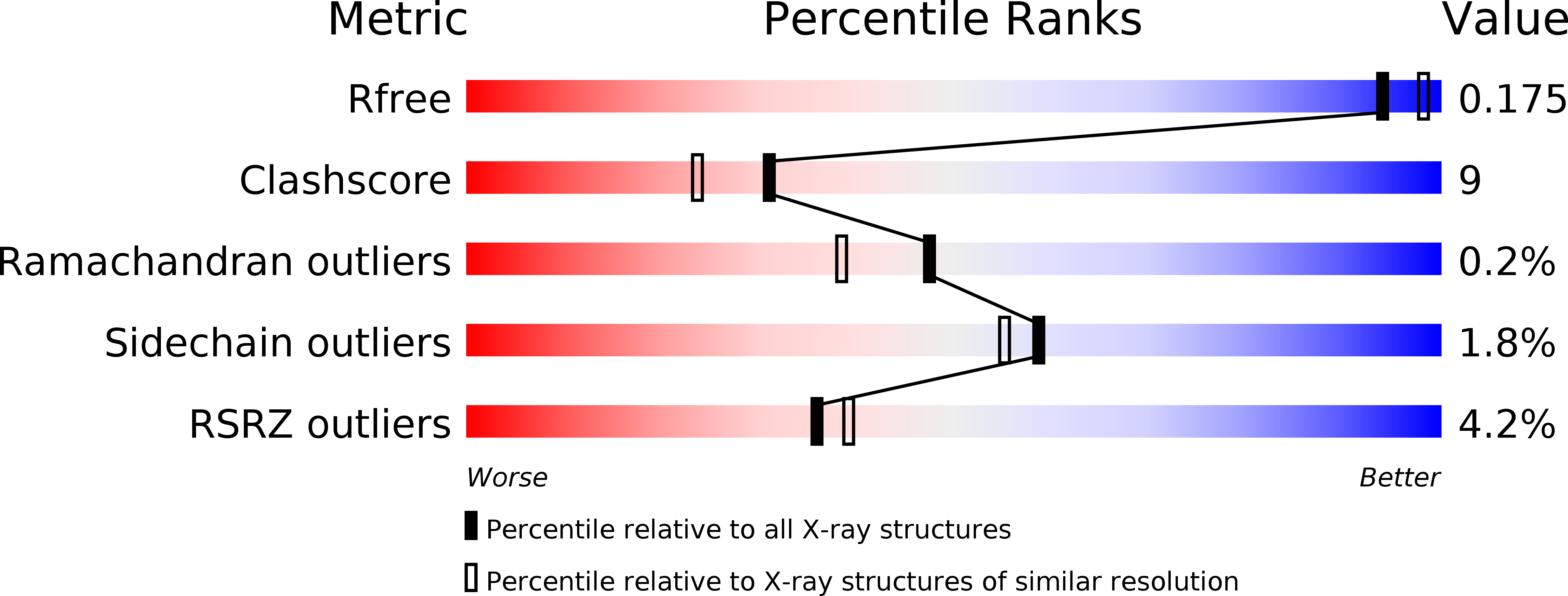
Deposition Date
2003-02-27
Release Date
2004-02-27
Last Version Date
2023-12-27
Entry Detail
PDB ID:
1UA4
Keywords:
Title:
Crystal Structure of an ADP-dependent Glucokinase from Pyrococcus furiosus
Biological Source:
Source Organism:
Pyrococcus furiosus (Taxon ID: 2261)
Host Organism:
Method Details:
Experimental Method:
Resolution:
1.90 Å
R-Value Free:
0.20
R-Value Work:
0.16
R-Value Observed:
0.16
Space Group:
I 2 2 2


